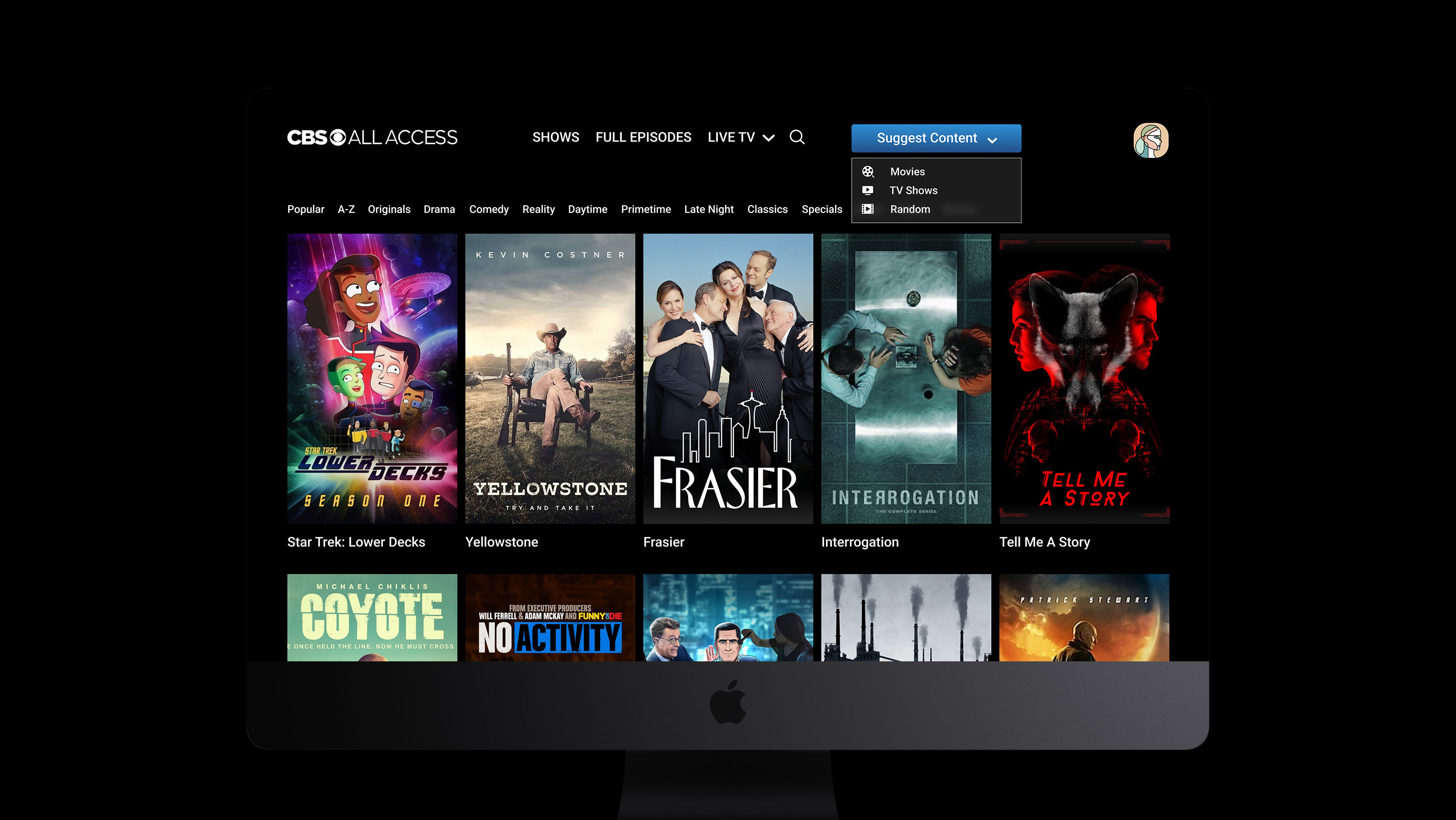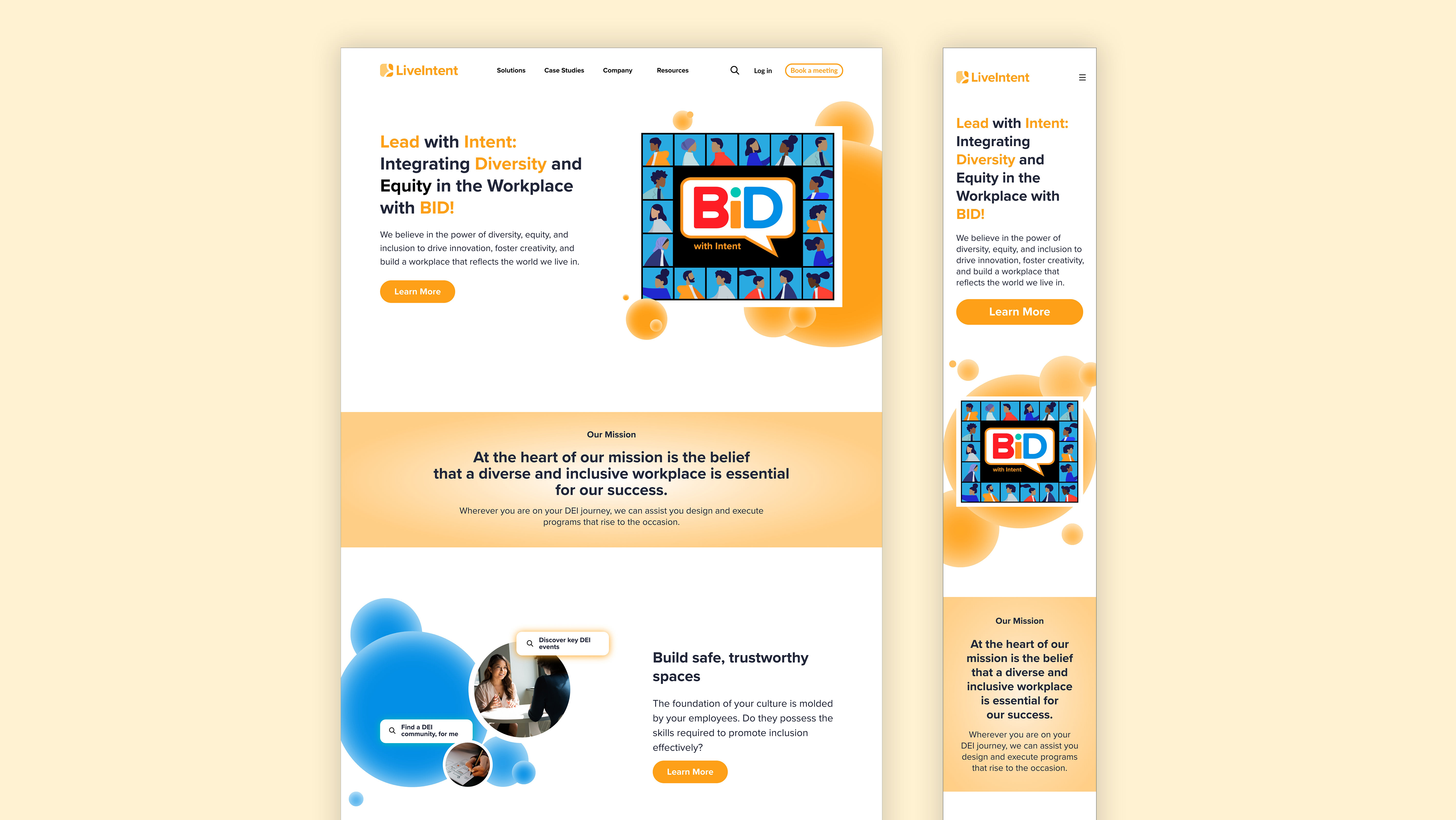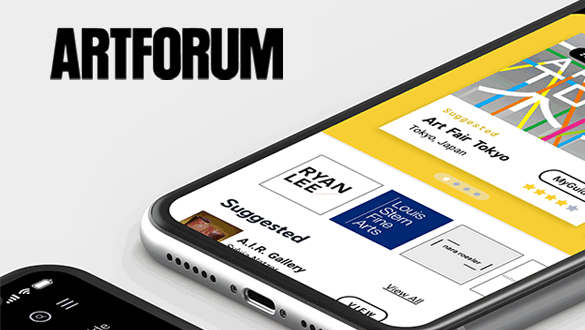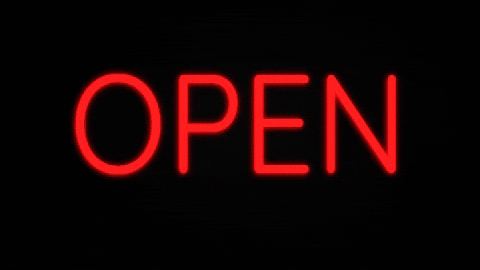The Challenge: CBS ALL ACCESS Search Redesign
The ViacomCBS brand is widely recognized by millions of viewers, and it has expanded its offerings with the introduction of the streaming platform, CBS All Access. As a Product Designer, my role was to establish a visually refined search function and define how it could significantly affect the happiness and satisfaction of users within the platform.
Role
* Product Designer
Timeline
* Process duration: 2019 - 2020
Tools
* Adobe XD
* Adobe Stock
* Trello
* Zoom
* Google Suites
* BOX
Process
* Design Audit
* Competitive Analysis
* Design
* Usability Testing
PROBLEM STATEMENT
The CBS ALL ACCESS search page is currently encountering difficulties in providing a truly personalized and engaging experience for its wide-ranging user base. Given the pivotal role that user satisfaction and content discovery play in fostering the platform's growth, retaining subscribers, and generating revenue, it is imperative to assess and enhance the applications search page.
THE SOLUTION
01
Built for users, informed by insight
Thoughtfully designed. Backed by insights. So you can just press play and enjoy the experience without distractions.
02
redefining search through visual discovery
Don't search. Discover. With intuitive visual cues and dynamic previews, finding your next favorite show feels more like flipping through a mood board than digging through categories.
03
empower your experience with assistive filtering
Enhance your experience with assistive filtering that adapts to your unique preferences. Stream smarter by filtering out irrelevant content and discovering more of what you love.
UNDERSTANDING THE PROBLEM
In re-designing the CBS ALL ACCESS search page, I aimed to create a tailored, engaging experience that resonated with our diverse user base. My focus was on making it easier for users to discover the content they’re searching for while also offering personalized recommendations that aligned with their interests and preferences. By emphasizing a user-centric approach, I ensured that each search interaction felt intuitive and relevant, enhancing overall satisfaction and engagement.
Target Audience
The target audience I focused on were users already familiar with the ViacomCBS brand and its wide range of content offerings—movies, TV shows, documentaries, sports, and news. I understood that these users would actively look for a more convenient way to discover and enjoy their favorite content. This insight guided me in designing features that streamlined content discovery, making it easier for them to dive into what they loved.
Repeating users
1. Familiarity:
Users who return repeatedly are likely more familiar with the search functionality and have developed a clearer mental model of the interface. Drawing on their past experiences, they may interact with the search function more confidently and efficiently.
2. Personalized expectations:
Since these users have already interacted with the platform, they may expect the search functionality to deliver personalized recommendations and results tailored to their viewing history and preferences.
3. Higher Expectations:
Given their prior familiarity with the platform, these users may have higher expectations for the search functionality's performance, relevance, and user experience. As a result, they might be less forgiving of issues like slow loading times or irrelevant search results.
Competitive analysis
insights
From the analytical results, I recognized the importance of providing feedback when a searched item was unavailable, as clear and timely communication between the system and users is essential. This approach ensures that users understand the outcome of their actions and the system’s current state.
To enhance the search experience, the implementation of a filter system would allow users to narrow down their choices quickly and make more informed decisions. This feature could improve the overall user experience by reducing cognitive load and simplify decision-making.
Additionally, the inclusion of "Top Searches" and "Recent Searches" categories could assist users by reducing cognitive burden, save time, offer social validation, and improve content discoverability.
How might we...
Leverage historical and trending search data to assist users when direct matches are unavailable?
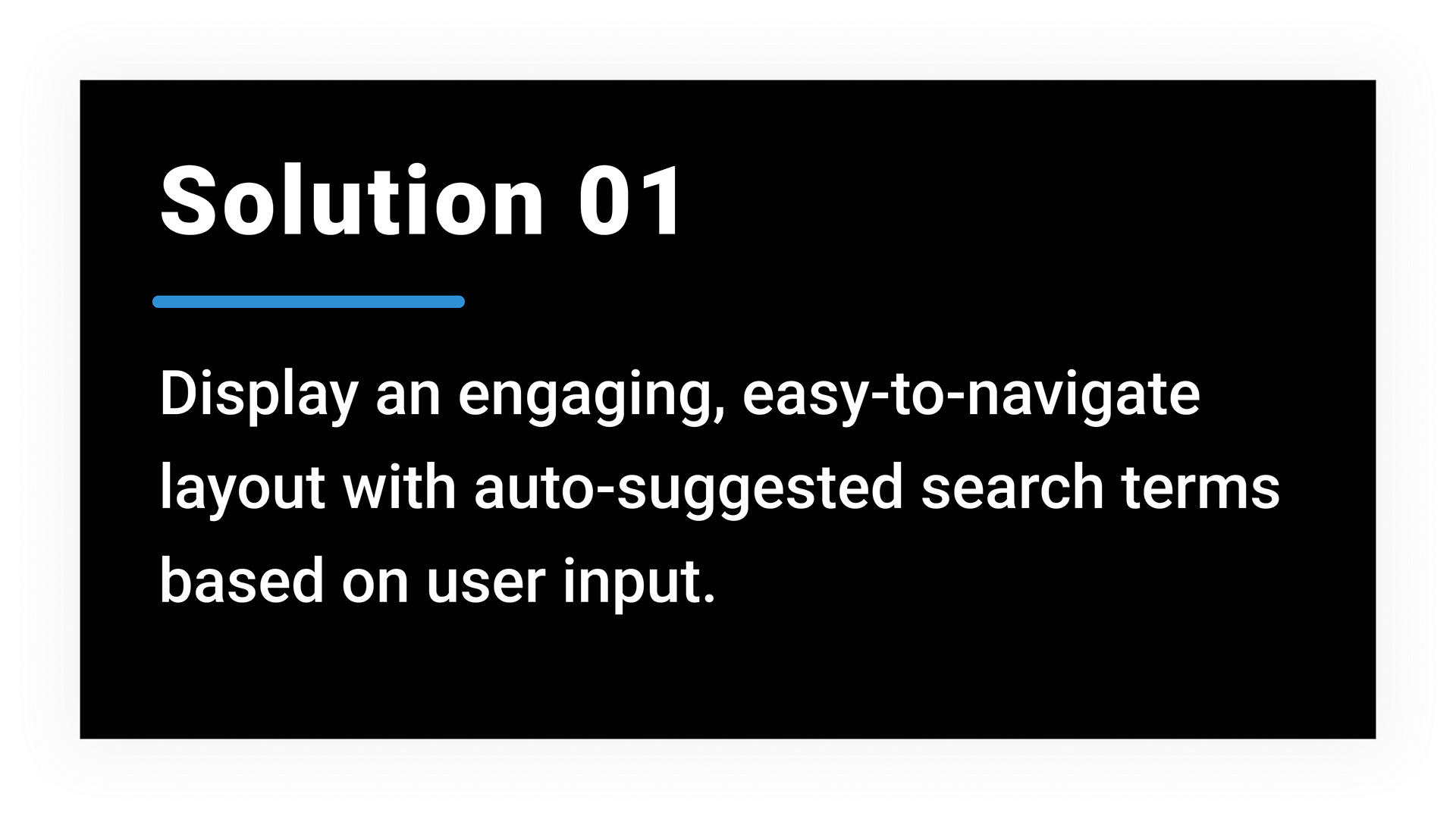



Wireframes - Search Flow - Style Guide
Rough Draft Filter - A
Rough Draft Filter - B
Mid Fidelity - Draft B - Wireframes
Final Designs








Key Takeaways
Consistency with existing system:
I analyzed and integrated the existing UI elements and interactions used by CBS ALL ACCESS to ensure that my solution aligned seamlessly with the platform's established design language. This approach allowed me to create a cohesive and intuitive user experience that felt consistent and familiar to the users.
Personalization:
I focused on providing users with a tailored experience to enhance their satisfaction and increase content discovery. By focusing on personalization, I was able to make interactions more engaging and relevant, ultimately improving the overall user experience.
Future scope
Constant Improvement:
Keeping in mind the evolving landscape of user preferences and technology, I will regularly analyze the design of the CBS ALL ACCESS search page. By applying necessary updates, I’ll ensure the search experience remains relevant, engaging, and in line with users’ expectations.
User Testing:
I plan to initiate user testing for the implemented solutions to gain insights into how new features could be received. This process will help me identify any areas that need further improvement, ensuring the final product effectively meets user needs and expectations.
Expanding Personalization:
Further exploration of alternative avenues to boost personalization, such as integrating machine learning algorithms to enhance content recommendations and leveraging user behavior analysis to fine-tune search outcomes. This approach will allow me to create a more tailored and engaging experience for users.
Accessibility:
Ensuring the accessibility of the search page for users with disabilities by following established accessibility guidelines and adhering to best practices. This will allow me to create an inclusive experience that caters to all users, regardless of their abilities.
